-
 Bitcoin
Bitcoin $83,291.0340
-0.96% -
 Ethereum
Ethereum $1,826.6379
-1.54% -
 Tether USDt
Tether USDt $0.9998
0.00% -
 XRP
XRP $2.0549
-1.26% -
 BNB
BNB $606.8753
1.28% -
 Solana
Solana $119.1310
-4.05% -
 USDC
USDC $1.0000
0.00% -
 Dogecoin
Dogecoin $0.1659
-1.56% -
 Cardano
Cardano $0.6500
-2.57% -
 TRON
TRON $0.2364
-0.34% -
 Toncoin
Toncoin $3.7730
-5.06% -
 UNUS SED LEO
UNUS SED LEO $9.4476
0.65% -
 Chainlink
Chainlink $13.0772
-2.81% -
 Stellar
Stellar $0.2627
-1.16% -
 Avalanche
Avalanche $18.6021
-1.63% -
 Sui
Sui $2.3506
0.90% -
 Shiba Inu
Shiba Inu $0.0...01230
1.04% -
 Hedera
Hedera $0.1637
0.05% -
 Litecoin
Litecoin $83.5759
2.10% -
 Polkadot
Polkadot $4.0229
-0.74% -
 MANTRA
MANTRA $6.3749
2.08% -
 Bitcoin Cash
Bitcoin Cash $303.6743
-0.24% -
 Bitget Token
Bitget Token $4.5449
-0.46% -
 Dai
Dai $1.0000
-0.01% -
 Ethena USDe
Ethena USDe $0.9997
-0.01% -
 Pi
Pi $0.6435
-7.05% -
 Hyperliquid
Hyperliquid $12.2904
-5.52% -
 Monero
Monero $214.8078
-0.76% -
 Uniswap
Uniswap $6.0066
-0.82% -
 Aptos
Aptos $5.2560
0.22%
What does "channel closure" mean in the Lightning Network?
Lightning Network channel closure, either cooperative or unilateral, finalizes off-chain transactions on the Bitcoin blockchain. Cooperative closure is faster and cheaper, while unilateral closure, used when a party is unresponsive, is slower and more expensive.
Mar 21, 2025 at 07:36 pm
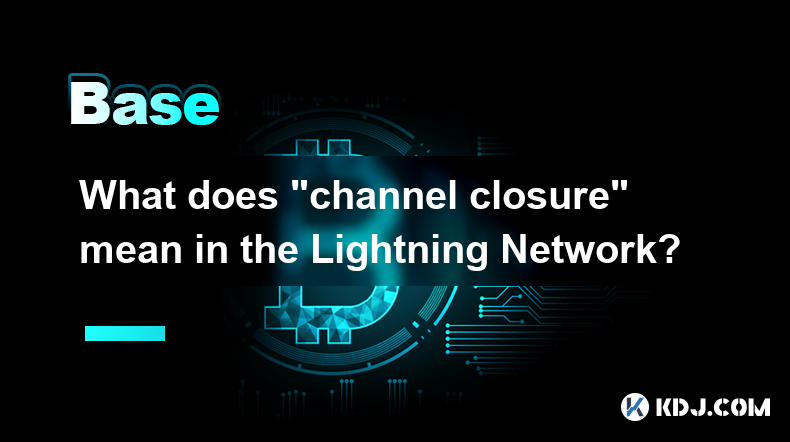
Key Points:
- Channel closure in the Lightning Network refers to the process of permanently ending a payment channel between two participants.
- There are two main types of channel closure: cooperative closure and unilateral closure (force closure).
- Cooperative closure is faster and cheaper, requiring mutual agreement between both parties.
- Unilateral closure is possible if one party is unresponsive or malicious, but it's slower and potentially more expensive.
- The process involves updating the blockchain with transaction details to finalize the settlement.
- Understanding channel closure is crucial for managing funds and risks in Lightning Network transactions.
What Does "Channel Closure" Mean in the Lightning Network?
The Lightning Network (LN) is a layer-2 scaling solution for Bitcoin designed to enable faster and cheaper transactions. A core component of the LN is the payment channel, a two-party agreement allowing for numerous off-chain transactions before a final settlement on the Bitcoin blockchain. Channel closure, therefore, marks the end of this agreement and the finalization of all transactions within that channel. It's a crucial process for managing funds and ensuring the security of the network.
Cooperative Channel Closure:
This is the ideal scenario for closing a Lightning Network channel. Both parties involved in the channel agree to close it. They collaboratively sign a transaction that updates the blockchain, reflecting the final balance of the channel. This process is relatively quick and inexpensive as it avoids potential disputes and delays. The transaction fees are typically much lower than initiating many individual on-chain transactions.
Unilateral Channel Closure (Force Closure):
If one party becomes unresponsive, goes offline, or acts maliciously, the other party can initiate a unilateral or force closure. This process is more complex and can take longer. It involves a waiting period, usually defined by the channel's timelock parameters, to allow the other party to respond. If no response is received, the initiator can broadcast a transaction to the blockchain, claiming their funds. However, this process involves higher fees due to the complexities involved and the need to potentially resolve disputes.
The Process of Channel Closure (Cooperative):
- Mutual Agreement: Both parties agree on the final balances within the channel.
- Transaction Creation: A transaction is created that reflects these balances, splitting the funds accordingly.
- Signature Exchange: Both parties sign the transaction, ensuring its validity.
- Blockchain Broadcast: The signed transaction is broadcast to the Bitcoin network.
- Confirmation: Once the transaction is confirmed on the blockchain, the channel is officially closed.
The Process of Channel Closure (Unilateral):
- Initiation: One party initiates the closure process due to the unresponsiveness of the other party.
- Waiting Period: A waiting period, as defined by the channel's parameters, is enforced to allow the other party to respond.
- Transaction Creation and Broadcast: After the waiting period, the initiating party creates and broadcasts a transaction to the blockchain.
- Blockchain Confirmation and Settlement: The transaction is confirmed on the blockchain, resolving the channel's balance. This may involve a penalty for the unresponsive party.
- Potential Dispute Resolution: If there are disputes about the final balance, on-chain arbitration mechanisms may be necessary.
Funding Transactions and Channel Capacity:
Before a channel can be opened, a funding transaction needs to occur. This transaction locks funds into a multi-signature escrow. During the channel's lifetime, the funds are moved back and forth between participants, but the total remains unchanged until closure. The channel's capacity determines the maximum amount of Bitcoin that can be exchanged within the channel. Once this capacity is reached, the channel needs to be closed and a new one with a larger capacity opened.
Fees and Costs Associated with Channel Closure:
The fees associated with closing a channel depend on several factors, including the chosen closure method and network congestion. Cooperative closures generally incur lower fees than unilateral closures. High network congestion can also lead to higher transaction fees, impacting the overall cost of closing the channel. Furthermore, the waiting period in a unilateral closure might lead to opportunity costs for the initiating party.
Common Questions:
Q: What happens to my funds if the channel is closed unilaterally?
A: In a unilateral closure, the initiating party can claim their funds after a waiting period. The unresponsive party might face penalties, but ultimately, the funds are released according to the blockchain transaction confirming the closure.
Q: Is it possible to reopen a closed channel?
A: No, once a channel is closed, it is permanently closed. If further transactions are needed, a new channel needs to be established.
Q: How long does it take to close a Lightning Network channel?
A: Cooperative closures are usually faster, taking only a few minutes to confirm on the blockchain. Unilateral closures can take much longer, potentially hours or even days, due to the waiting period and network congestion.
Q: What are the risks associated with channel closure?
A: The main risk is associated with unilateral closures. If the unresponsive party eventually reconnects and challenges the closure, it can lead to disputes. Also, high network congestion can lead to high fees during closure.
Q: How can I minimize the risks associated with channel closure?
A: Choose reliable counterparties for opening channels. Regularly monitor your channels and close them when no longer needed to avoid potential risks from inactivity or malicious actors. Consider cooperative closures whenever possible.
Disclaimer:info@kdj.com
The information provided is not trading advice. kdj.com does not assume any responsibility for any investments made based on the information provided in this article. Cryptocurrencies are highly volatile and it is highly recommended that you invest with caution after thorough research!
If you believe that the content used on this website infringes your copyright, please contact us immediately (info@kdj.com) and we will delete it promptly.
- Bitcoin (BTC) price falls four per cent after Donald Trump imposes tariffs on trading partners worldwide
- 2025-04-03 14:25:13
- Ethereum Price Fails to Maintain Gains
- 2025-04-03 14:25:13
- Justin Sun, Founder of Tron, Steps in to Rescue TrueUSD (TUSD) from a $456M Reserve Crisis
- 2025-04-03 14:20:12
- Meme Coins Are Exploding, Here's Why They're So Appealing
- 2025-04-03 14:20:12
- Qubetics ($TICS): The Best 100x Crypto for Real Utility and ROI
- 2025-04-03 14:15:12
- Ethereum Faces Tough Market Conditions
- 2025-04-03 14:15:12
Related knowledge
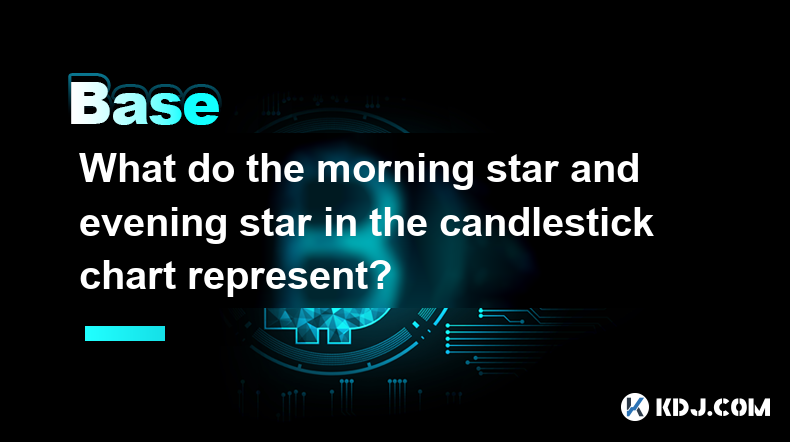
What do the morning and dusk stars in the candlestick chart represent?
Apr 03,2025 at 03:11pm
In cryptocurrency trading, the K-line chart is an important tool for analyzing market trends and price movements. Among them, 'Morning Star' and 'Evening Star' are two important reversal patterns, which represent the key signals of the market's shift from a bear market to a bull market and from a bull market to a bear market, respect...
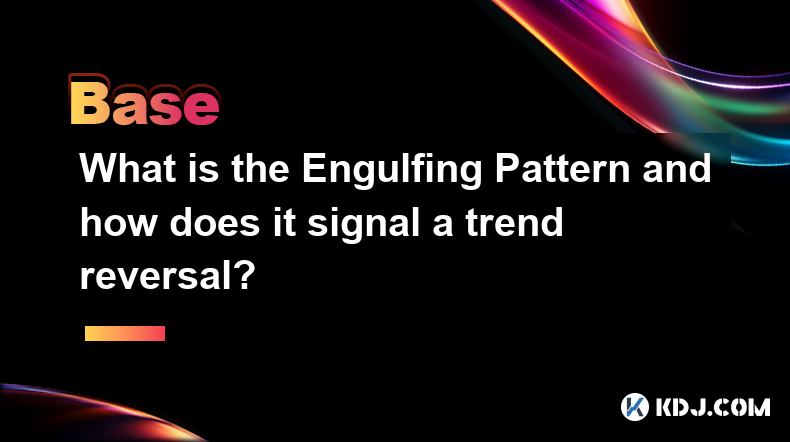
What is the swallowing form? How does it predict a trend reversal?
Apr 03,2025 at 03:07pm
In cryptocurrency trading, technical analysis is one of the important tools traders use to predict market trends and make trading decisions. Among them, the Engulfing Pattern is a common K-line pattern. When it appears on the chart, it is usually considered a signal of a trend reversal. This article will explore in detail what the engulfing pattern is a...
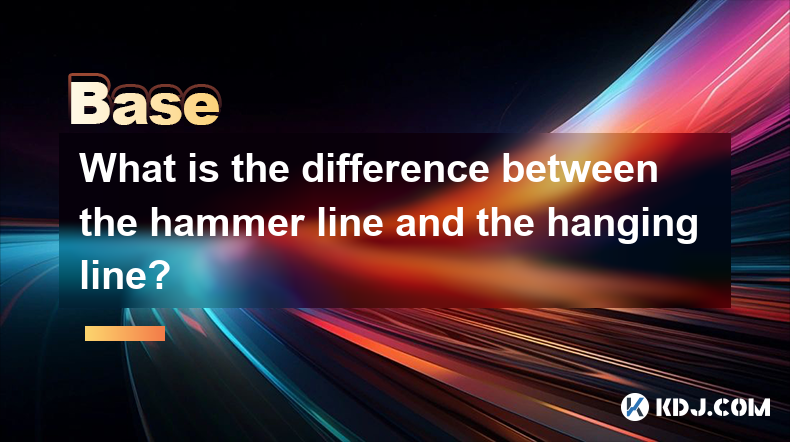
What is the difference between the hammer line and the hanging line?
Apr 03,2025 at 03:03pm
The hammer line and the 'hanging line' pattern are common K-line patterns in technical analysis. They are very similar in appearance, but there are significant differences in the market environment and the predicted market trend. This article will explore the differences between these two forms in detail and help readers better understand and use them f...
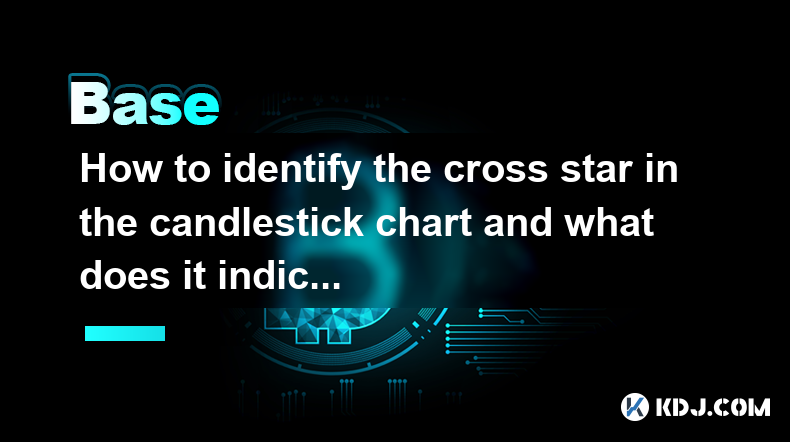
How to identify the cross star in the candle chart and what does it mean?
Apr 03,2025 at 02:57pm
In cryptocurrency trading, the K-line chart is one of the important tools to analyze market trends and price movements. Among them, 'Cross Star' is a common K-line pattern, which is of great significance in analyzing market sentiment and predicting price trends. This article will introduce in detail how to identify the 'cross star' in th...
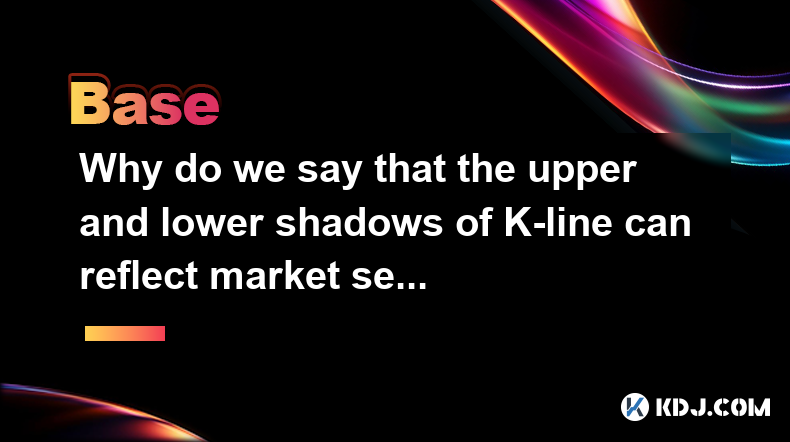
Why do the upper and lower shadows of the K-line reflect market sentiment?
Apr 03,2025 at 02:53pm
The K-line chart is one of the most commonly used tools in technical analysis, and the upper and lower shadows can intuitively reflect the market's long and short emotions and the psychological state of traders. By carefully observing and analyzing the upper and lower shadows of the K-line, investors can better understand market dynamics and make sm...

What are positive and negative lines? What is the difference between them?
Apr 03,2025 at 02:47pm
In the cryptocurrency market, the K-line chart is a commonly used technical analysis tool to show price changes. Each 'candle' in the K-line chart represents the price trend over a period of time, among which 'yang line' and 'yin line' are two key concepts. Understanding them is essential to analyzing market trends and making trading decisions. What is ...

What do the morning and dusk stars in the candlestick chart represent?
Apr 03,2025 at 03:11pm
In cryptocurrency trading, the K-line chart is an important tool for analyzing market trends and price movements. Among them, 'Morning Star' and 'Evening Star' are two important reversal patterns, which represent the key signals of the market's shift from a bear market to a bull market and from a bull market to a bear market, respect...

What is the swallowing form? How does it predict a trend reversal?
Apr 03,2025 at 03:07pm
In cryptocurrency trading, technical analysis is one of the important tools traders use to predict market trends and make trading decisions. Among them, the Engulfing Pattern is a common K-line pattern. When it appears on the chart, it is usually considered a signal of a trend reversal. This article will explore in detail what the engulfing pattern is a...

What is the difference between the hammer line and the hanging line?
Apr 03,2025 at 03:03pm
The hammer line and the 'hanging line' pattern are common K-line patterns in technical analysis. They are very similar in appearance, but there are significant differences in the market environment and the predicted market trend. This article will explore the differences between these two forms in detail and help readers better understand and use them f...

How to identify the cross star in the candle chart and what does it mean?
Apr 03,2025 at 02:57pm
In cryptocurrency trading, the K-line chart is one of the important tools to analyze market trends and price movements. Among them, 'Cross Star' is a common K-line pattern, which is of great significance in analyzing market sentiment and predicting price trends. This article will introduce in detail how to identify the 'cross star' in th...

Why do the upper and lower shadows of the K-line reflect market sentiment?
Apr 03,2025 at 02:53pm
The K-line chart is one of the most commonly used tools in technical analysis, and the upper and lower shadows can intuitively reflect the market's long and short emotions and the psychological state of traders. By carefully observing and analyzing the upper and lower shadows of the K-line, investors can better understand market dynamics and make sm...

What are positive and negative lines? What is the difference between them?
Apr 03,2025 at 02:47pm
In the cryptocurrency market, the K-line chart is a commonly used technical analysis tool to show price changes. Each 'candle' in the K-line chart represents the price trend over a period of time, among which 'yang line' and 'yin line' are two key concepts. Understanding them is essential to analyzing market trends and making trading decisions. What is ...
See all articles























































































